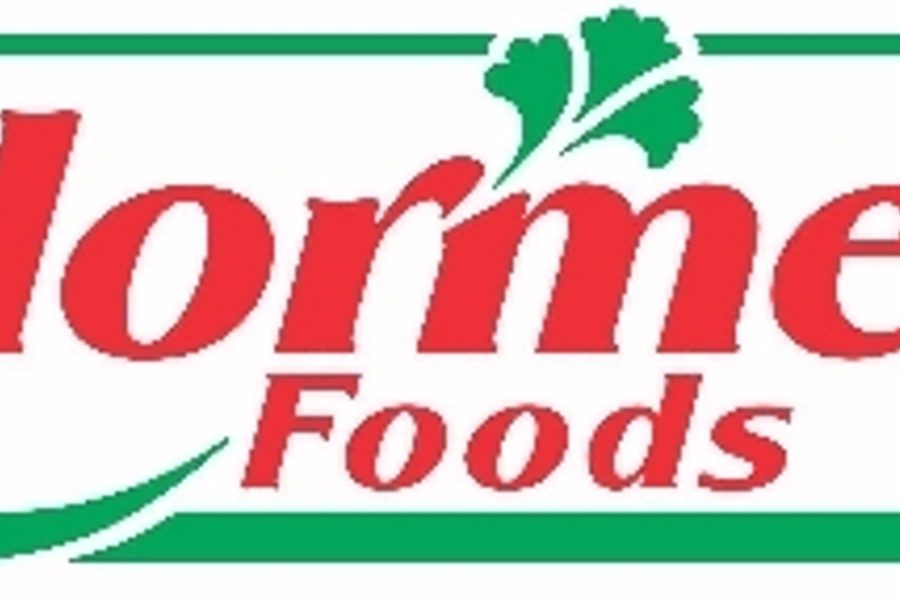
Abuses of undocumented immigrant workers are so common that one can become inured to the news reports. But no matter how many horror stories one has heard, “The Spam Factory’s Dirty Secret,” an article by Ted Genoways in the current issue of Mother Jones, is sure to make your blood boil and your mind spin. The figures of speech that are all too appropriate for this grisly tale.
The backdrop is the Hormel Foods plant in Austin, Minn., home to a famous, ill-fated strike — memorialized in the stirring 1990 docudrama “American Dream“—where the United Food and Commercial Workers union sold out a local in the face of pressure by the giant meat producer Hormel, best known for producing Spam.
After the company won that battle, they subcontracted out the most grueling and dangerous operations — known as the “hot side” involving killing and dismembering as opposed to the “cold side” of packaging — to a shell company called Quality Pork Producers which paid lower wages and was not obligated to hire back the former strikers.
Genoways writes:
By the early ’90s, Austin had gone from having a united local workforce to having a sharply divided workforce that, while still unionized, is, on the QPP side, decidedly less vocal and less powerful. By some estimates, QPP’s labor force today is 75 percent immigrant. But the anger of former strikers who had been promised preferential rehiring did not fall on QPP for its hiring practices; many townspeople turned on the immigrants themselves.
Immigrants who worked for $13 an hour — or in many cases much less — began reporting a litany of strange symptoms that started with numbness and tingling and built up to temporary paralysis and widespread nerve death.
Initially baffled doctors at the Mayo Clinic and the Minnesota Department of Health eventually figured out that workers were suffering a devastating auto-immune response to inhaling aerosolized pork brains — a pink mist that coated workers at the “head table” where they were tasked with literally blowing out a pig’s brains so the mush could be shipped to China for sale as a thickener for stir frys.
Genoways meticulously documents how the company tried to do damage control and prevent workers from talking, spreading vague information in lunchroom meetings and refusing to put anything in writing. Then one by one, six of the 15 or so workers with the most severe symptoms and workers compensation cases were fired on the grounds of using fake identification.
Just as infuriating as this blatant retaliation against people suffering and disabled by their work was the company’s behavior before the workers were fired. State doctors ordered a number of workers get 15-minute breaks every two hours and be given lighter duty than before. After briefly accommodating several workers, company officials said they simply couldn’t afford employing workers who had to take such breaks.
This callous treatment even for a man — eloquently described as extremely stoic, dignified and proud of his job, hiding scars from other workplace injuries under exquisitely ironed long sleeve shirts at church — who took much pride in his relatively well-paid and skilled job chiseling cheek meat out of pig skulls with a very sharp knife. The company human resources rep spoke admiringly to state doctors of this man and his skill…but instead of slowing down the line or hiring a helper to enable keeping him on the job, she begged the state official to revoke his break requirement. When that didn’t happen, the company fired him.
Aside from having to pay out meager settlements of $12,500 to the worst-affected workers and end their the pig brain operation, Quality Pork Producers and Hormel got out of the scandal unscathed. Despite indications that the constantly increasing line speed played a key role in the disease outbreak – more brains blasted each hour meant more exposure, and skulls piling up cracked a protective shield — the company reportedly did nothing to reduce the workload.
The idea that company officials reacted so defensively and callously when faced with long-time loyal workers who were literally terrified as their bodies rebelled against them is chilling. And yet the story’s conclusion drives home how, to the unknowing bystander, the Quality Pork Producers (QPP) plant is like so many others that typify our economy and workforce today. And this realization, ominously, makes one wonder how many other hidden horror stories lie behind factory and slaughterhouse doors.
Genoways writes:
I sat and watched as evidence of our national industry and know-how arrived by the truckload. Our whole history of conquering the West, industrializing agriculture, and turning hog slaughter into a “custom meat operation” arrived at QPP’s door….I rolled up the windows and turned the key in the ignition. More than 19,000 hogs were processed at QPP that day. It was like any other day.
Kari Lydersen is a Chicago-based journalist, author and assistant professor at Northwestern University, where she leads the investigative specialization at the Medill School of Journalism, Media, Integrated Marketing Communications. Her books include Mayor 1%: Rahm Emanuel and the Rise of Chicago’s 99%.








